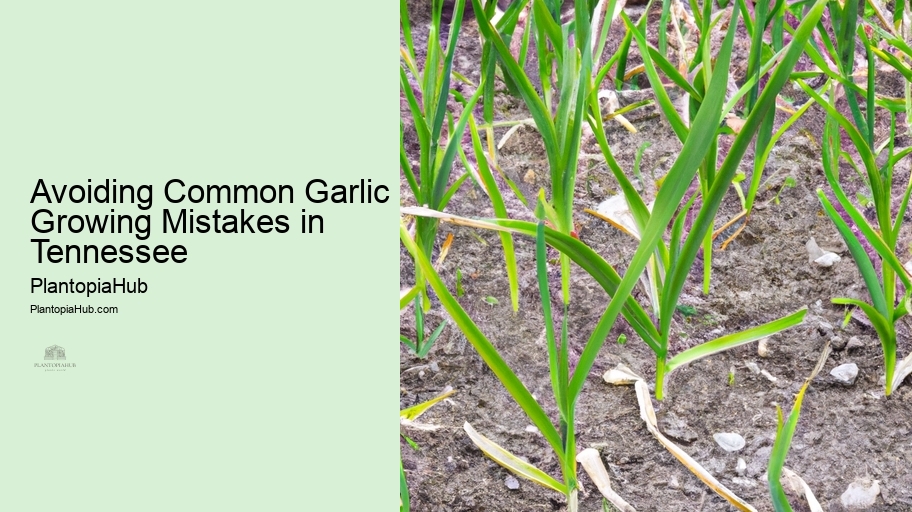

Tennessee's winters can be unpredictable, making it essential to protect your garlic crop from freezing temperatures.
In extremely cold regions, consider using row covers or cloches to shield your garlic from frost. Ensure adequate airflow to prevent condensation, which can lead to mold and rot.
In conclusion, implementing winter protection measures is crucial for preserving your garlic crop in Tennessee. By planning ahead and taking these precautions, you can enjoy a successful garlic harvest even in challenging weather conditions.
Garlic Varietal Recommendations for Tennessee Growers .Crop rotation is a smart practice for Tennessee garlic farmers. By rotating your garlic with different crops each season, you can reduce the risk of soilborne diseases and pests. This strategy also helps maintain soil fertility and structure.
Consider planting garlic in a different section of your garden or farm each year to prevent the buildup of garlic-specific diseases. Crop rotation promotes healthier garlic plants and ultimately leads to better yields.
In conclusion, implementing crop rotation offers numerous benefits for Tennessee garlic farmers. Farmers' Cooperative Organizations It's a sustainable practice that contributes to long-term garlic crop success.
Mulching plays a vital role in garlic farming in Tennessee. Applying a layer of mulch, such as straw or leaves, around your garlic plants helps conserve soil moisture, suppress weeds, and maintain consistent soil temperatures. Mulch also protects garlic bulbs from winter frost.
To mulch effectively, spread a 3-4 inch layer around your garlic rows after planting. Avoid piling mulch directly onto the garlic stems. Curing and Storage Solutions Mulch should be replenished as needed throughout the growing season.
In conclusion, utilizing proper mulching methods for garlic beds in Tennessee is essential for healthy garlic growth. It's a simple yet effective technique that can significantly impact your harvest.
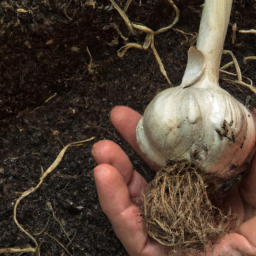
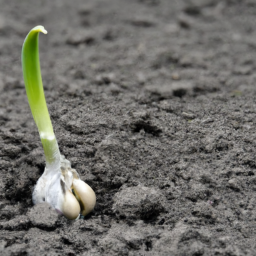
Recognizing and addressing garlic diseases promptly is crucial for Tennessee farmers.
To manage diseases, practice good sanitation by removing infected plants and practicing crop rotation. Fungicides can be used as a last resort. Preventing disease is key, so start with disease-resistant garlic varieties and well-draining soil.
In conclusion, identifying and managing garlic diseases is a vital aspect of successful garlic farming in Tennessee. A proactive approach to disease prevention and management can safeguard your crop.
To maximize garlic yield in Tennessee, follow these expert tips and techniques. Plant garlic in well-draining soil with full sun exposure, ensuring proper spacing and planting depth. Provide consistent moisture and fertility throughout the growing season.
Additionally, trim garlic scapes to divert energy to bulb development and remove any competing weeds. Harvest when the lower leaves turn yellow but still have some green remaining.
In conclusion, implementing these expert tips and techniques can lead to exceptional garlic yields in Tennessee. A combination of proper care, attention to detail, and experience will help you achieve the best results.
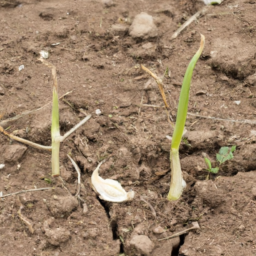
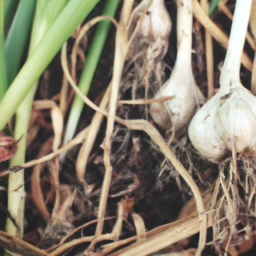
Harvesting garlic at the right time is crucial for quality bulbs. In Tennessee, garlic is typically ready for harvest in early to mid-summer when the lower leaves turn yellow. Organic Pesticides Avoid waiting too long, as overripe garlic may split or develop a strong flavor.
To harvest, gently dig up the bulbs using a fork, taking care not to damage them. Afterward, cure the garlic by hanging it in a well-ventilated area for several weeks. Proper curing ensures long-lasting, flavorful garlic.
In conclusion, understanding the signs of garlic readiness and mastering harvesting techniques are essential for Tennessee garlic farmers. Timing and care during this phase greatly influence the quality of your garlic crop.
Curing and storing garlic correctly is vital for its long-term use. Crop Rotation Practices After harvesting, tie garlic bulbs in bundles and hang them in a dry, well-ventilated location. This allows excess moisture to evaporate and improves flavor.
Once cured, store garlic in a cool, dark place with good air circulation. Garlic can last several months when stored properly. Avoid refrigeration, as it can induce sprouting.
In conclusion, mastering the art of curing and storing garlic is essential for enjoying its freshness throughout the year in Tennessee. Proper storage preserves flavor and quality.
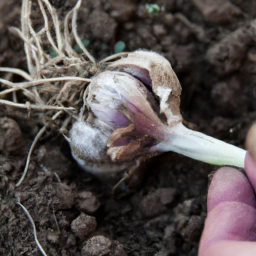
Creating a customized garlic planting calendar for your Tennessee location involves considering factors like frost dates, local climate variations, and the garlic varieties you plan to grow. Start by determining the average date of the first fall frost and work backward to establish planting dates. It's important to align your calendar with your specific microclimate and garlic variety requirements, ensuring the best timing for planting and harvesting.
To protect your garlic crop from winter frost in Tennessee, consider applying a thick layer of mulch, such as straw or leaves, around your garlic plants in late fall. This mulch acts as insulation, preventing the soil from freezing and safeguarding the garlic bulbs. In extremely cold regions, you can also use row covers or cloches to provide additional frost protection. Be sure to maintain proper airflow to avoid condensation, which can lead to mold and rot.